How Children Learn to Speak: A Guide to Language Development & Literacy-Nurturing Language Growth in Children Aged 48 to 60th
Hello, everyone! 👋Welcome to my blog.
Today, we're
going to explore the fascinating journey of language development in children aged 48
to 60 Months
Language development between 48 and 60 months is a critical period in a child’s growth. During these preschool years, children begin forming full sentences, expanding their vocabulary, and using language to express thoughts, emotions, and ideas. This blog explores how children learn to speak, the milestones they typically reach, and how caregivers and educators can support their literacy and communication skills. Drawing from Robert E. Owens’ Language Development: An Introduction, we’ll look at the influence of meaning, social interaction, bilingualism, and developmental delays—offering practical insights for anyone invested in early childhood development.
![]() Language Development & Literacy – 48 to
60 Months
Language Development & Literacy – 48 to
60 Months
In the video “Language
Development & Literacy – 48 to 60 Months,”
children aged 4–5
years demonstrate more sophisticated language through storytelling,
conversation, and play. Their expanding vocabulary, emerging grammar, and
ability to sequence events are illustrated with real examples and exact
timestamps.
From the outset,
children express opinions and cause–effect relationships. At 0:16, 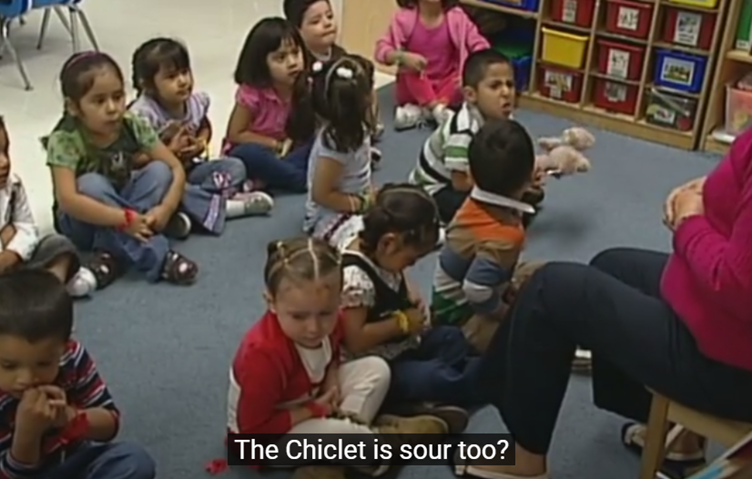

Memory and
sequencing appear at 0:32 when a child recounts, “With my friends, I saw
a dead owl… It was in the forest when I went camping” (0:42).

Emerging grammar
is heard at 1:15, “I just falled asleep,” 

Vocabulary
exploration and categorization shine at 2:03 when a teacher asks, “What
lives in the water?” and children list animals: “Cocodile” (2:08), 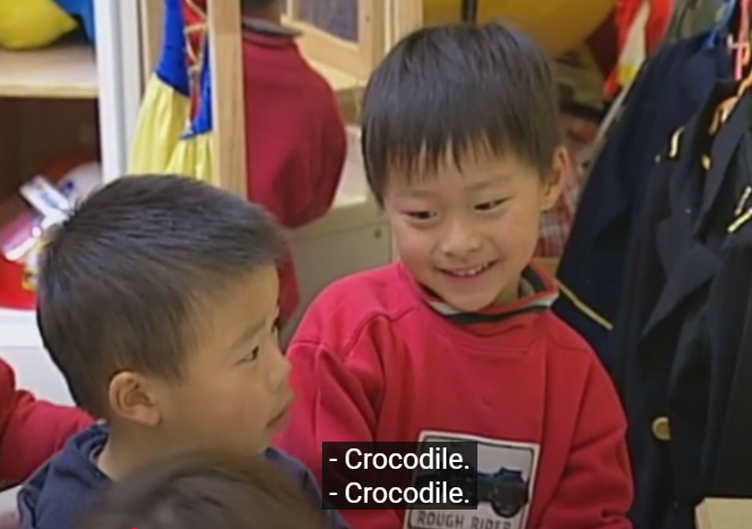
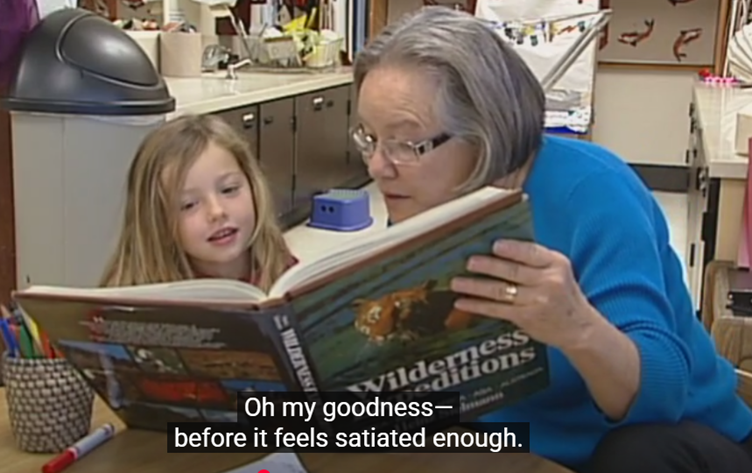
Descriptive
reasoning is evident in camouflage talk. At 2:56, 
Throughout,
parents and teachers model advanced vocabulary, ask open-ended questions (“What
do you think happened next?” at 6:48) 


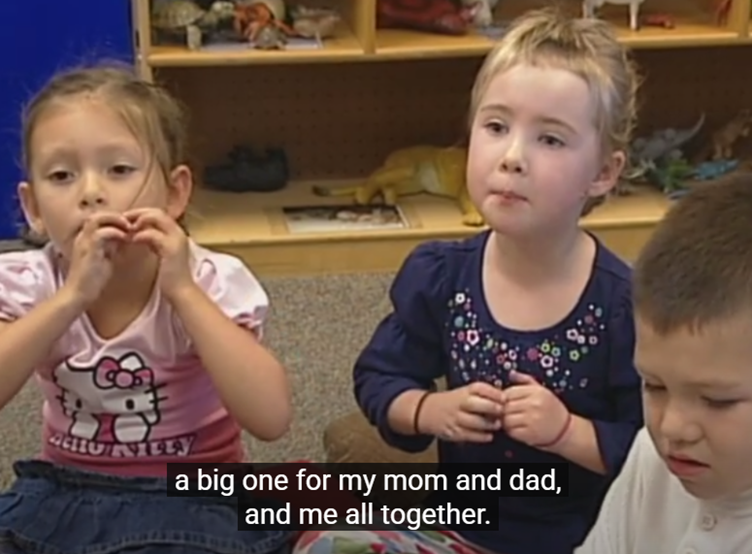
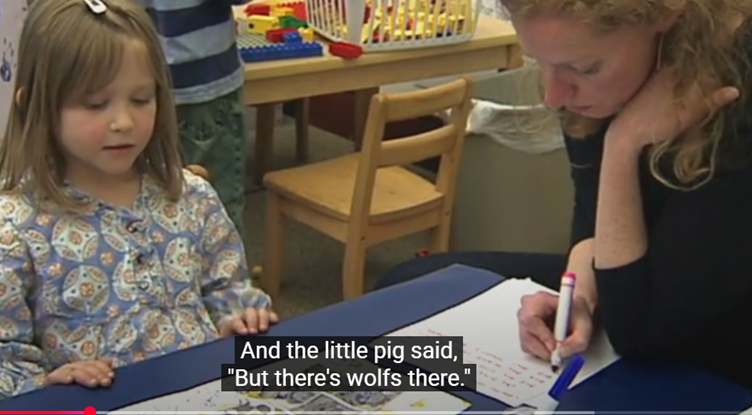
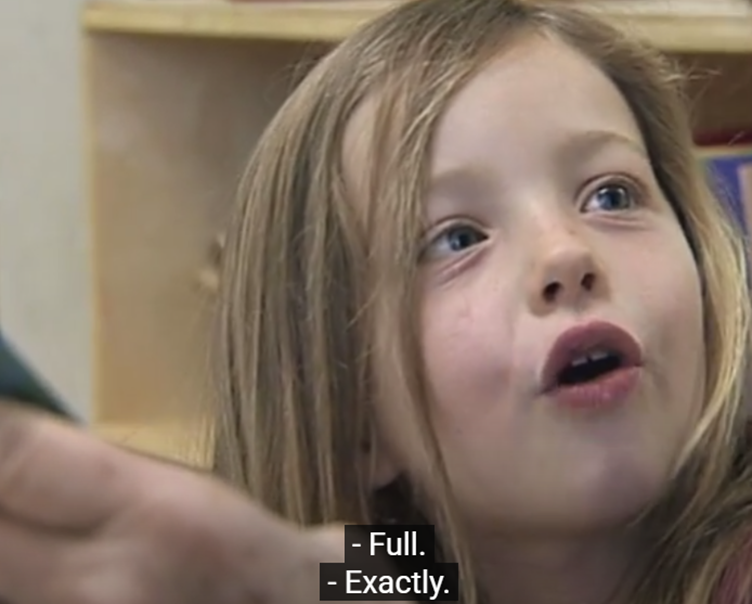


Comments
Post a Comment